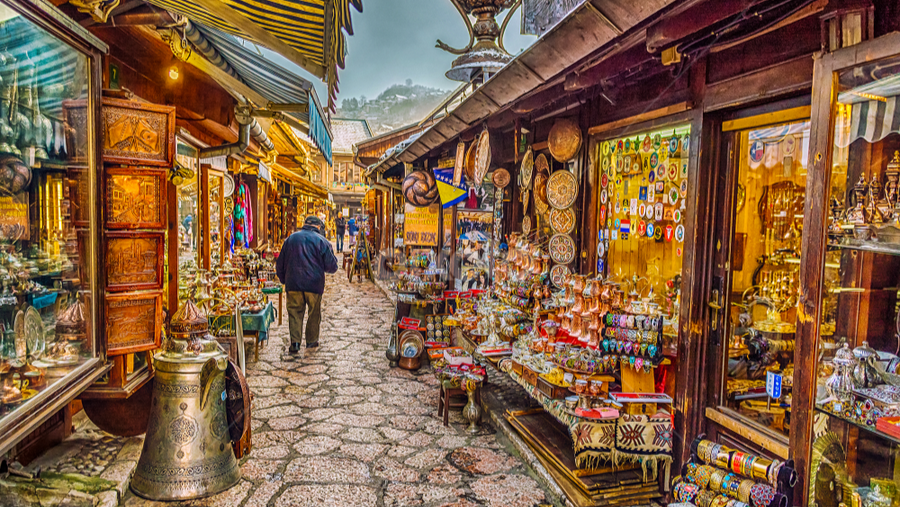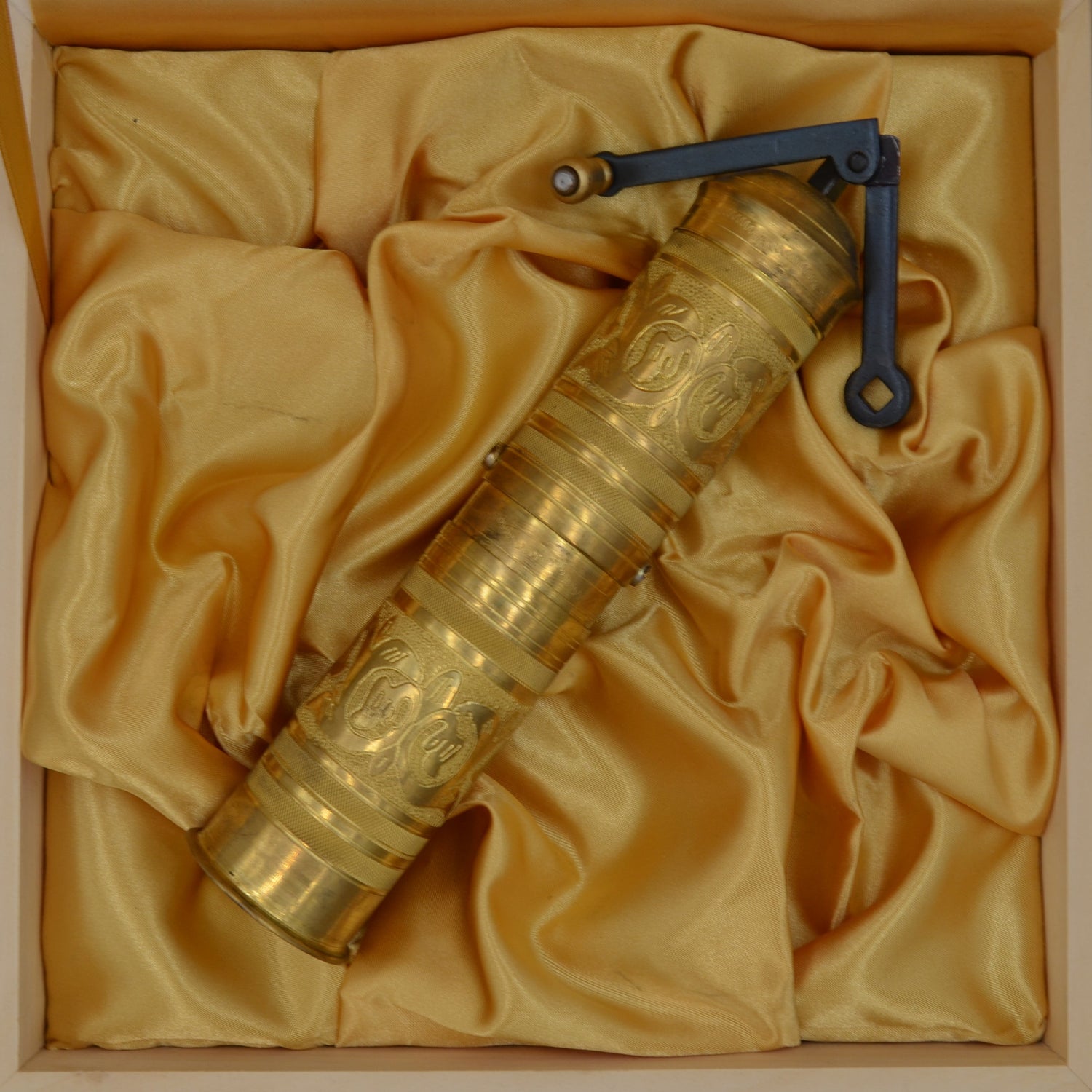
The History of Copper Artisanship in Sarajevo’s Baščaršija
Where Fire, Hammer, and Skill Tell Centuries of Stories
At the heart of Sarajevo lies the historic district of Baščaršija, where the clang of hammers on copper echoes a legacy centuries old. The area, a cultural and commercial center since the 15th century, has long been the cradle of Bosnia and Herzegovina's renowned copper craftsmanship.
Origins in the Ottoman Era
The art of copper-smithing, or Kazandžijstvo, gained prominence during the Ottoman period. Sarajevo became a major center for artisans creating household and ceremonial copper items. By the 17th century, more than 150 copper workshops were active in the city, each producing coffee pots (džezve), trays, lanterns, and other handmade wares.
A Living Craft Passed Through Generations
Craftsmanship was passed from generation to generation, often within families. Each piece was made by hand, using traditional techniques like hammer engraving, tin-lining, and detailed embossing. These weren't just products — they were cultural artifacts, reflecting local customs, artistry, and pride.
Resilience Through Time
Despite industrialization and wars that reshaped the region, many workshops in Baščaršija have endured. Today, you can walk through Kazandžiluk Street and hear the same rhythmic sounds of artisans shaping raw copper into elegant forms. These craftsmen continue to use centuries-old techniques, keeping the soul of their craft alive.
A Heritage We Carry Forward
At Rahatlook.shop, we are proud to support and promote this living heritage. Our copper coffee sets, mills, and trays are sourced directly from the artisans of Baščaršija. Each item tells a story — of tradition, of Sarajevo, and of the hands that shaped it.






